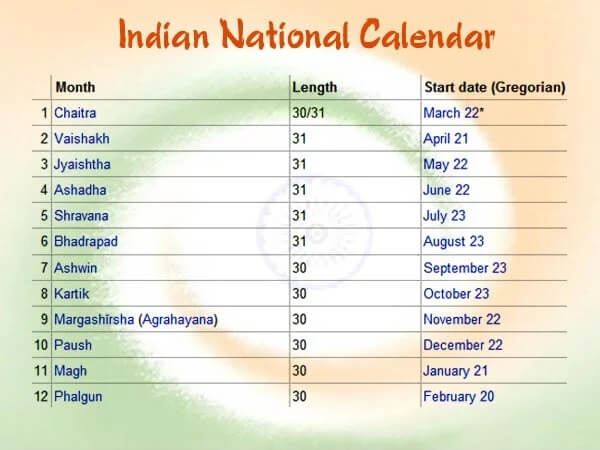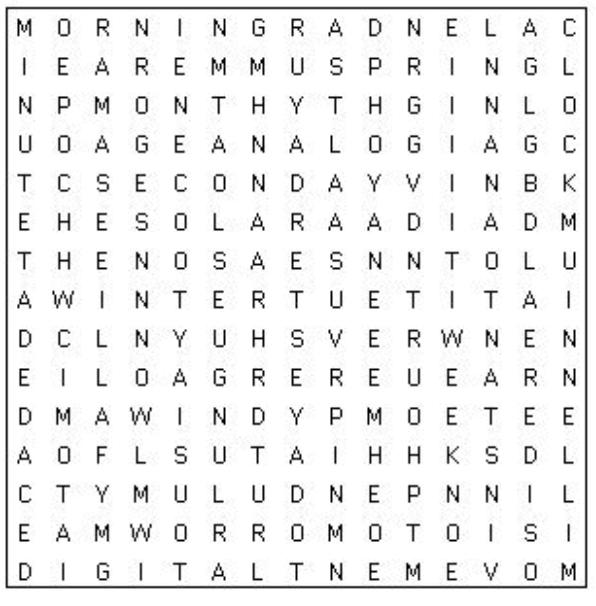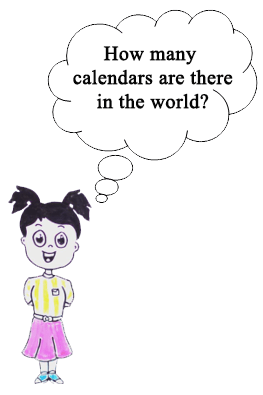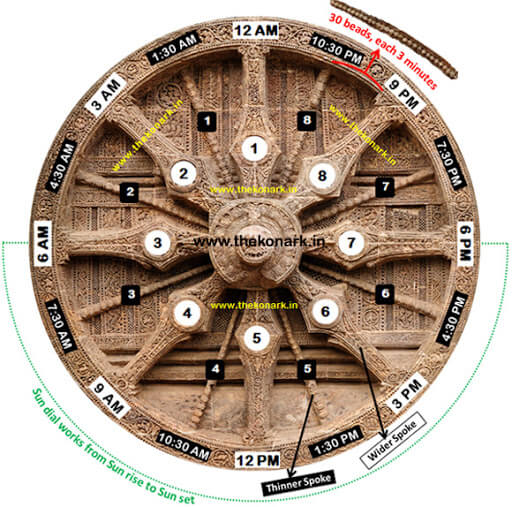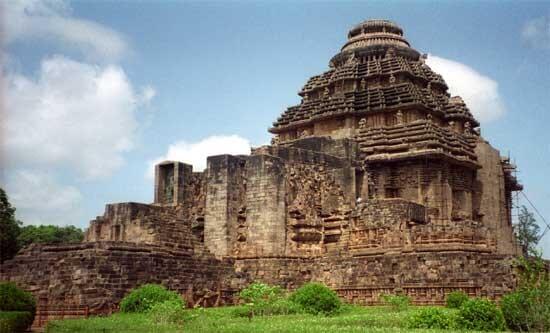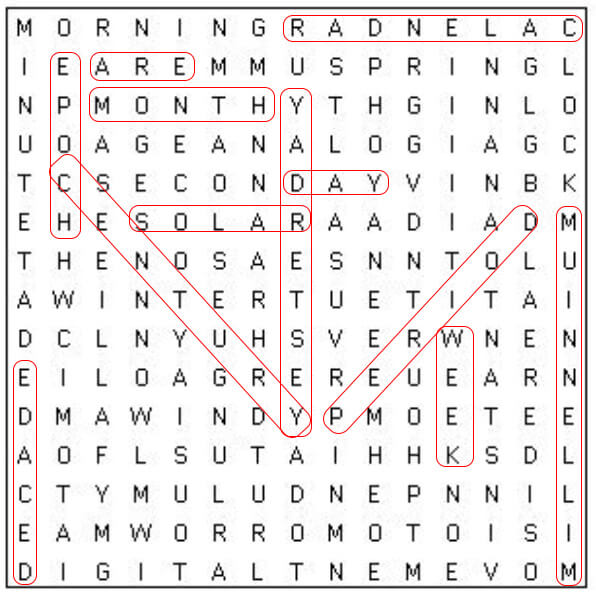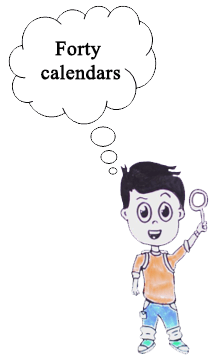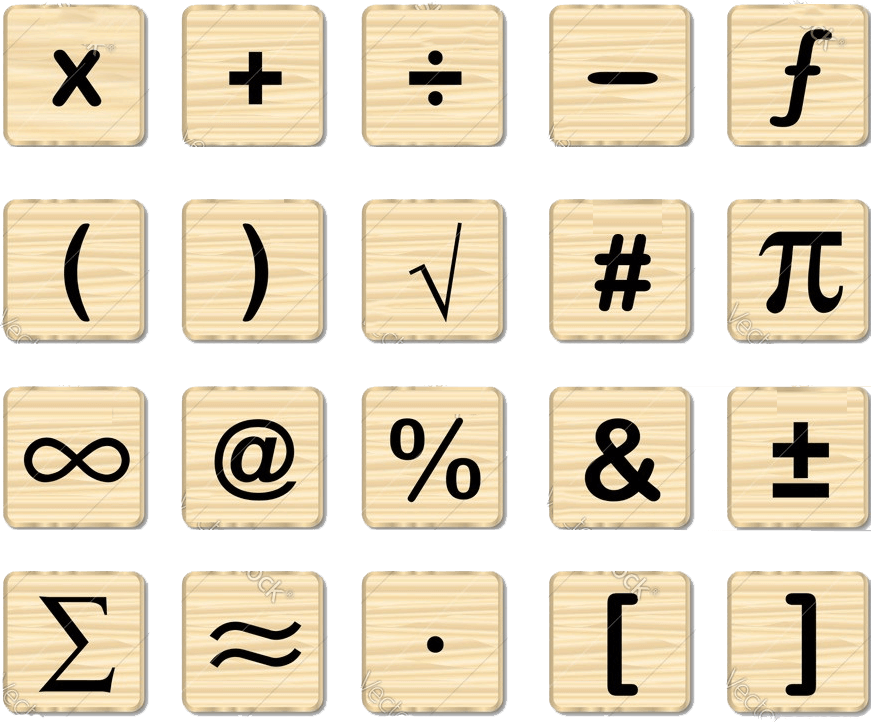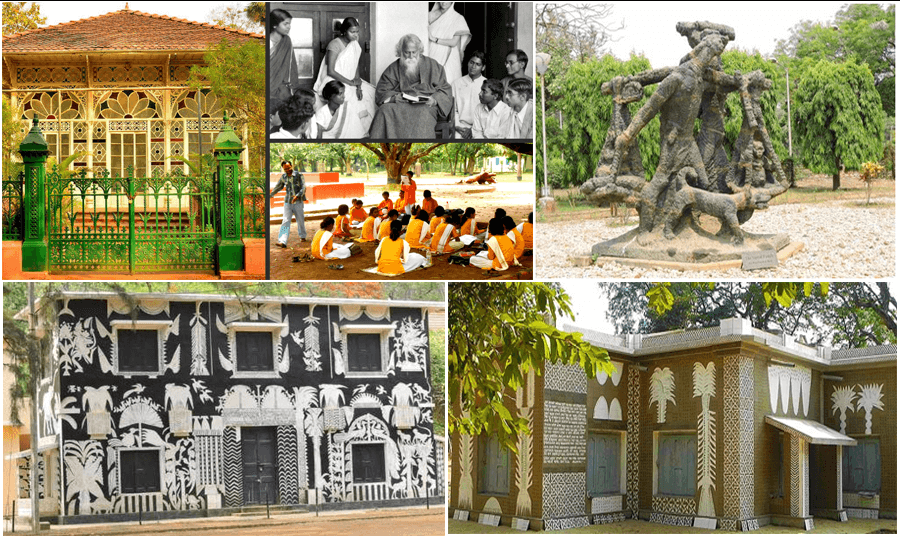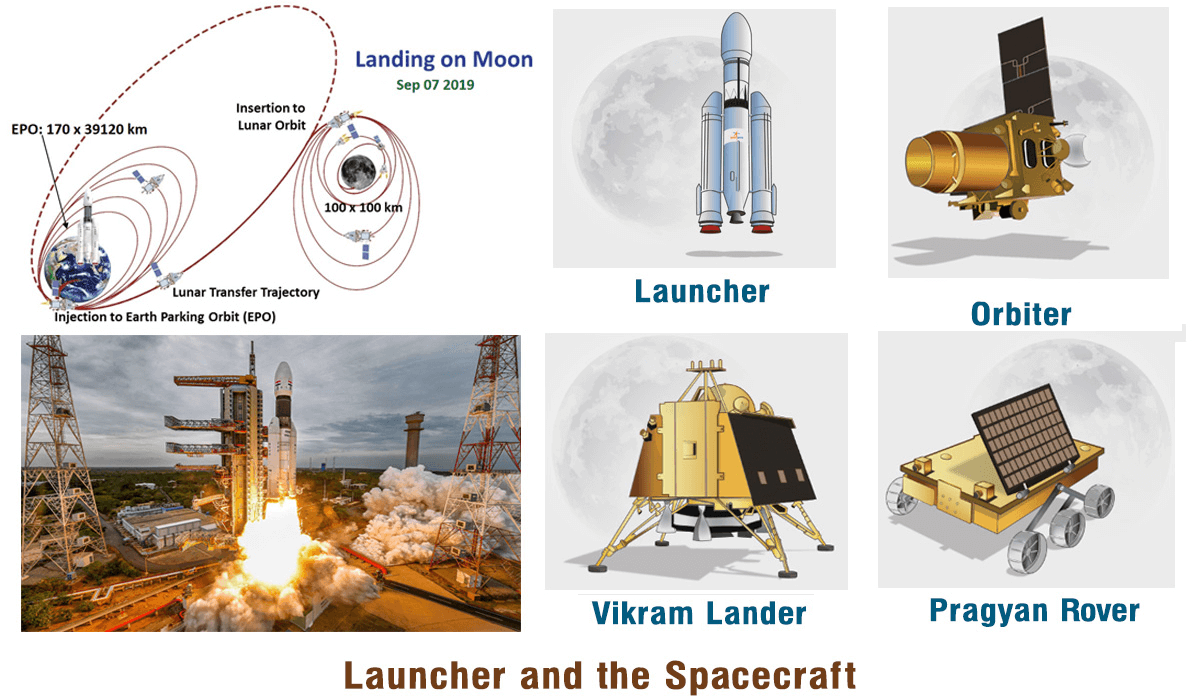In Story
How Old is Muttaji
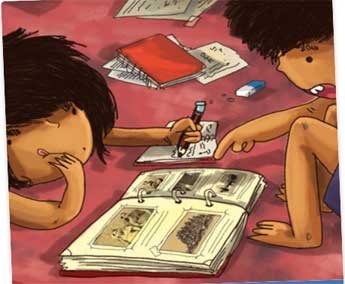
Putta putti jumped out of bed. It was Muttaji's birthday and they had to catch a train.
Muttaji, was the twin's mother's mother's mother who lived in Mysore with Ajji and Ajja. Ajji was the twins mother's mother. No one actually knew when Muttaji's birthday was; Ajji had always celebrated it on Makar Sankranti.
"How oid is Muttaji amma?" asked Putti. Amma smiled, "You ask her when you get there."
The moment they reached the old green house in Mysore, the twins burst into Muttaji's room. "Happy Birthday Muttaji. How old are you today?"
Muttaji hugged the twins. "How old am I? How does it matter?"
"It does!" cried Putta and Putti.
Muttajji smiled. "Well," she said, "I know that around five years before I was born, our Maharaja went to a grand party for Indian Maharajas and Maharanis in Delhi, when a British king and queen had come to visit India."
"Who was this king, Muttajji? If you know, we can find out which year he visited. if we add five years to that, we will know when YOU were born!" said Putti.
"I've forgotten, Putti. Wait!" said Muttajji. "Let me see if I can remember something else"
"I must have been 16," continued Muttajji, "our Maharaja inaugurated our big dam, and the beautiful gardens next to it, during the Dasara festival that year."
"Is it the KRS, Amma?", The twins ran to the library and found a book on the history of Mysore. "Here it is!" Putti whispered.
"The KRS Dam and the adjacent Brindavan Gardens, were opened to the public in1932."
The twins grinned - that means Muttajji got married in 1932, 84 years ago!
"And Muttajji says she was about 16 then," said Putta. "If she is right, the Muttajji was born in 1916."
Putta said, "Now we have to find out if that big party for kings and queens in Delhi, which Muttajji said happened five years before she was born, happened in 1911."
They ran to Ajja their granddad in the reading room. "Ajja, was there a grand party for a British king who visited India around 1911?"
Ajja frowned. "1911? Aaan yes. It was the year the Gateway of India was built in Bombay to welcome the British Emperor, George V! There were several grand parties, not one."
"Not bad at all!" cried the twins. "Thanks, Ajja!" They knew exactly how old Muttajji was!
Five minutes later, the twins were racing towards Muttaji's room.
"Muttajji! you were born in 1916! You are exactly 100 years old today!"
By: Roopa Pai, Kaveri Gopalakrishnan.
UNSUNG HEROES
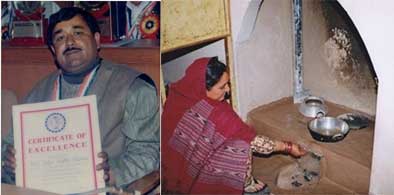
Vidya Rattan Sharma
Mr Vidya Rattan Sharma is a well-known name in the Solan district of Himachal Pradesh. Having a unique passion for finding solutions to centuries old problems he has been continuously working to improve the condition of the community by creating several innovative products in the area of cooking stoves, traditional medicine, organic farming and animal husbandry.
Mr Sharma started his journey as a cook in a local NGO 'Sutra' (then SWRC) cooking meals for their employees in Rajasthan. Seeing his passion for making innovative cookstoves, he was appointed for the task of training the local people in making the Nadda Chulha, an innovation of the organisation.
His stint of 5 years at Sutra turned out to be the perfect start to his future. In 1991 he started his journey as a Founder Director of Society for Development and Environment Protection (DEEP).
His most cherished innovation is the DEEP chulha. It has not only helped its users to reduce smoke in the kitchens and health related problems due to it, Deep chulha has improved the fuel efficiency by as much as 50%.
The final version of Deep chulha is equipped with provision to boil water for bathing and cleaning purposes with the help of tanks placed on the sides of its walls, which is then carried to the washrooms through pipes.
Mr Sharma has invented technologies for drying pulses without losing nutritional content in sunlight, growing mushrooms with more output in regions where climate is non-supportive and harvesting rainwater by constructing low cost and algae restraining concrete block tanks. A number of his programs, products and techniques have been adopted by governments of many states.
Presently Mr Sharma is working with Help Age India to serve the elderly people in his area. He was awarded the 'Rising personalities of India' award by Friendship Forum of India in 2002 for his outstanding innovations.
Mr Sharma believes in keeping his innovations as 'Open Source' so that maximum people can benefit from them. His determination, dedication and selfless contribution to work and society is an inspiration to all.

